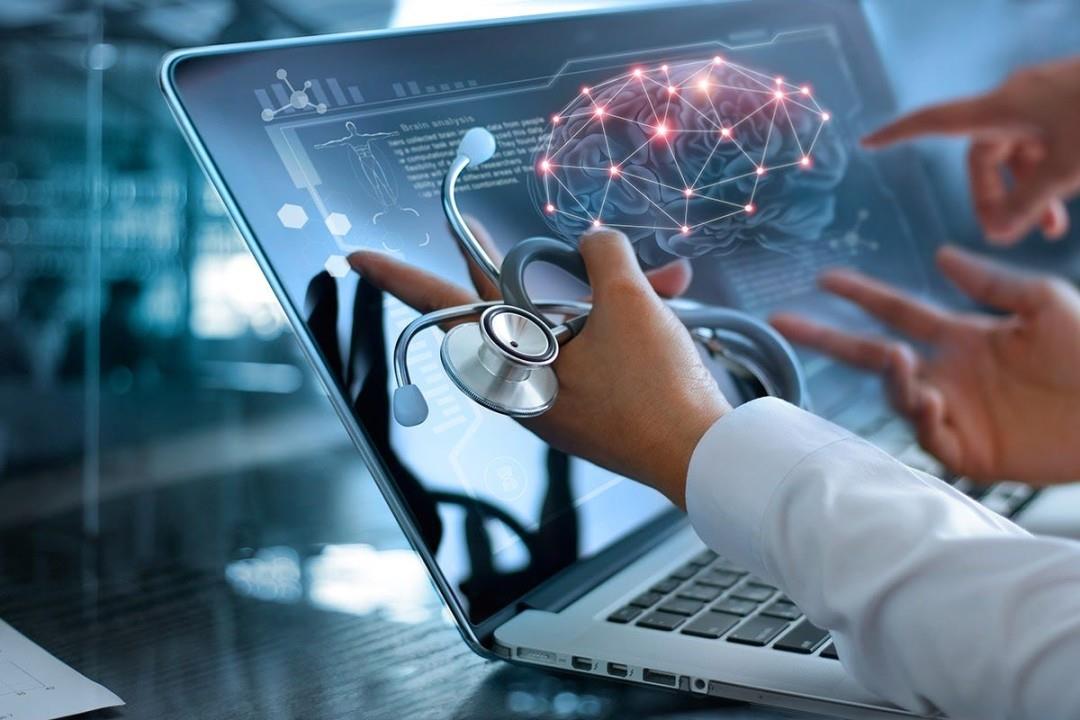
Medical Transcription Software Market Share Sees Upward Trend With Advancements In Voice Recognition Technology Market Trends & Business Updates
- Share Tweet Pin LinkedIn Email
The Global Medical Transcription Software Market is witnessing transformative growth, driven by advancements in technology and the growing need for accurate medical documentation. Stakeholders, including software developers, healthcare providers, and regulatory bodies, must collaborate to address challenges and unlock the market's full potential. With increasing adoption across regions and user categories, the market is set to play a pivotal role in the digital transformation of the healthcare industry.
The Global Medical Transcription Software Market is poised for substantial growth in the coming years, driven by advancements in artificial intelligence, the rising need for accurate medical documentation, and the increasing adoption of digital healthcare solutions. This article provides an overview of the market, segmented by deployment type, software type, user, healthcare facility, and region, along with key trends and growth projections for 2023-2032.
The major players in the Medical Transcription Software market include Nuance Communications Inc. (Microsoft) (U.S.), MModal IP LLC (3M) (U.S.), Dolbey (U.S.), Acusis LLC (U.S.), Voicebrook Inc. (U.S.), Speech Processing Solutions GmbH (Philips Dictation) (Austria), Xelex Digital LLC (WebChartMD) (U.S.), Scribe Technology Solutions (U.S.), ZyDoc Medical Transcription (U.S.).
Get more information on“Global Medical Transcription Software Market Research Report” by requesting FREE Sample Copy at
Market Segmentation
Deployment Type-
Cloud/Web-Based: Cloud-based solutions dominate the market due to their flexibility, scalability, and reduced upfront costs. These systems facilitate seamless integration with electronic health records (EHRs) and ensure real-time access to transcription data.
On-Premises/Installed: Preferred by organizations with stringent data security requirements, on-premises solutions provide greater control over sensitive medical data.
-
Voice Capture: Widely used for capturing spoken medical data, voice capture technology streamlines the transcription process and minimizes manual intervention.
Voice Recognition: Fueled by advancements in AI and natural language processing (NLP), voice recognition software enhances transcription accuracy and reduces turnaround time.
-
Radiologists: High demand for accurate radiology reports drives the adoption of medical transcription software among radiologists.
Clinicians: Clinicians rely on transcription solutions to ensure precise documentation of patient encounters and treatment plans.
Surgeons: The need for comprehensive surgical notes promotes the use of advanced transcription tools in surgical practices.
Others: Includes nurses, administrative staff, and allied healthcare professionals.
-
Hospitals: Hospitals are the largest end-users due to their high volume of transcription requirements across multiple departments.
Diagnostic Centers: The growing need for accurate diagnostic reporting drives adoption in diagnostic centers.
Clinics: Smaller facilities are increasingly leveraging transcription software for efficient patient documentation.
Others: Includes specialty centers, research institutions, and long-term care facilities.
Regional Analysis
The market is segmented into key regions:
North America: Leading the market due to advanced healthcare infrastructure, high adoption of digital solutions, and favorable regulatory policies. Europe: Growth in Europe is driven by increasing investments in healthcare technology and the rising need for accurate medical documentation. Asia-Pacific: The region is expected to witness the fastest growth, attributed to the expanding healthcare industry, rising patient population, and growing adoption of AI-based technologies. Latin America, Middle East, and Africa: These regions are gradually embracing medical transcription software, supported by healthcare reforms and increased focus on digital transformation.Key Industry Trends
AI and NLP Integration: The incorporation of artificial intelligence and natural language processing is enhancing transcription accuracy, enabling real-time data processing, and reducing errors. Cloud Adoption: Cloud-based solutions are becoming increasingly popular due to their scalability, cost-effectiveness, and ease of implementation. Mobile Access: The growing demand for mobile-compatible solutions is enabling healthcare professionals to access and edit transcriptions on the go. Regulatory Compliance: Rising emphasis on maintaining compliance with HIPAA and GDPR is driving the development of secure transcription solutions. Focus on Efficiency: Automation in transcription workflows is reducing turnaround times and operational costs for healthcare providers.Browse Global Medical Transcription Software Market Research Report with detailed TOC at
Market Drivers
-
Rising demand for accurate and timely medical documentation.
Increasing adoption of EHRs and other healthcare IT solutions.
Growing prevalence of chronic diseases requiring detailed patient records.
Technological advancements in speech-to-text solutions.
Challenges
-
High initial investment in transcription software.
Concerns over data security and privacy in cloud-based systems.
Resistance to technological adoption in certain regions.
Market Size and Growth Projections
The Global Medical Transcription Software Market is expected to grow at a robust compound annual growth rate (CAGR) from 2023 to 2032. Factors such as the rising adoption of AI-driven solutions, increasing patient volumes, and the need for cost-effective transcription services are expected to propel market expansion. North America will maintain its dominance, while the Asia-Pacific region will emerge as a key growth contributor.

Legal Disclaimer:
MENAFN provides the
information “as is” without warranty of any kind. We do not accept
any responsibility or liability for the accuracy, content, images,
videos, licenses, completeness, legality, or reliability of the information
contained in this article. If you have any complaints or copyright
issues related to this article, kindly contact the provider above.


















Comments
No comment